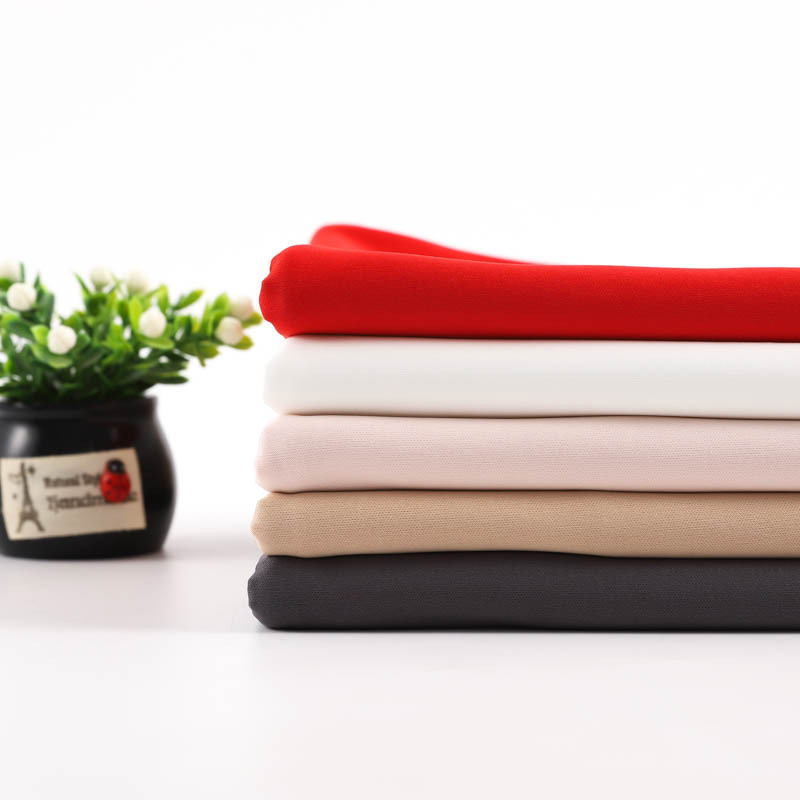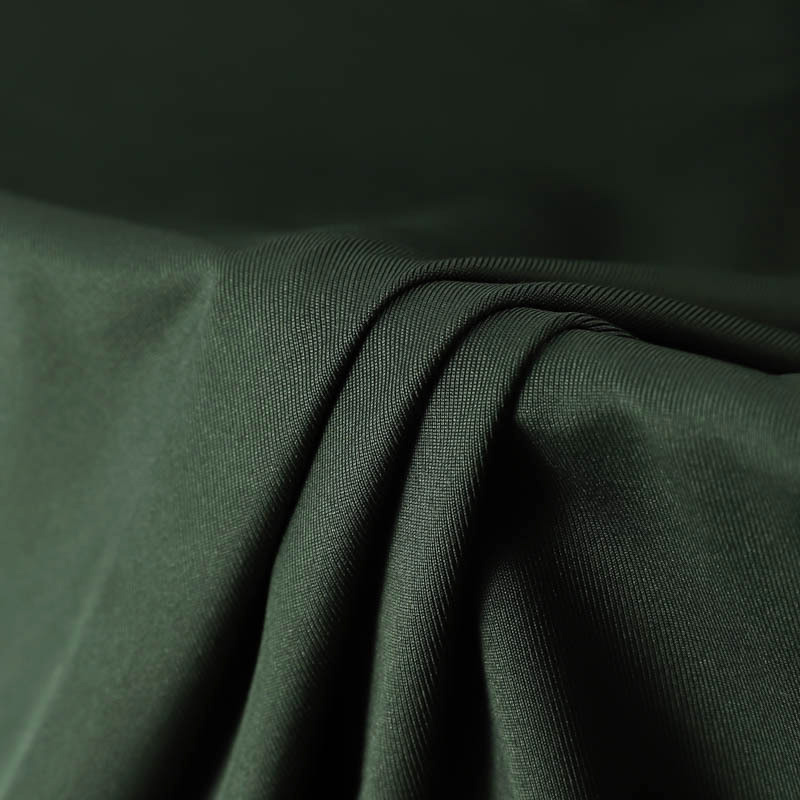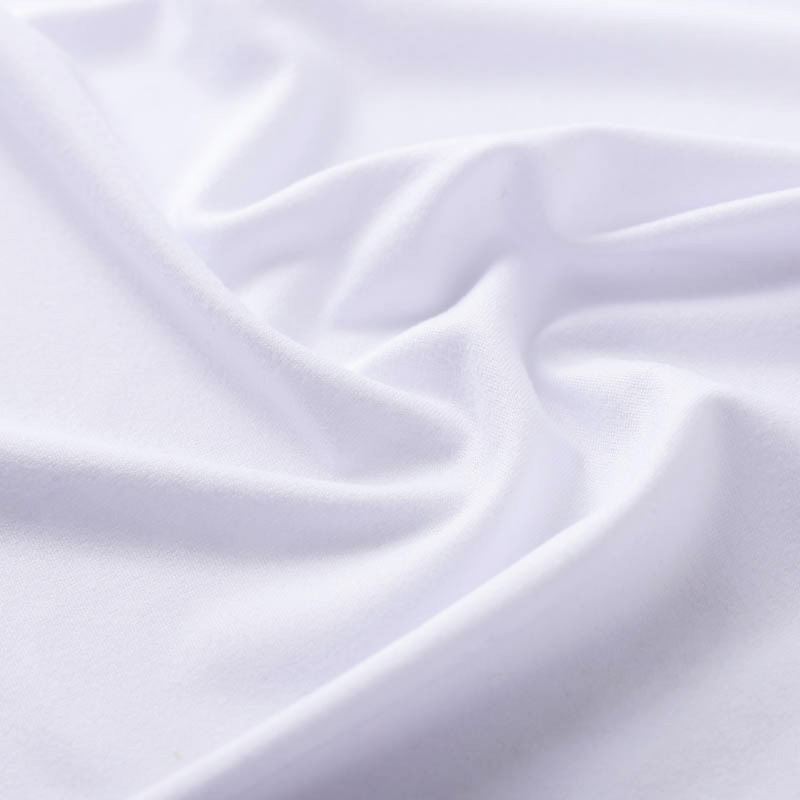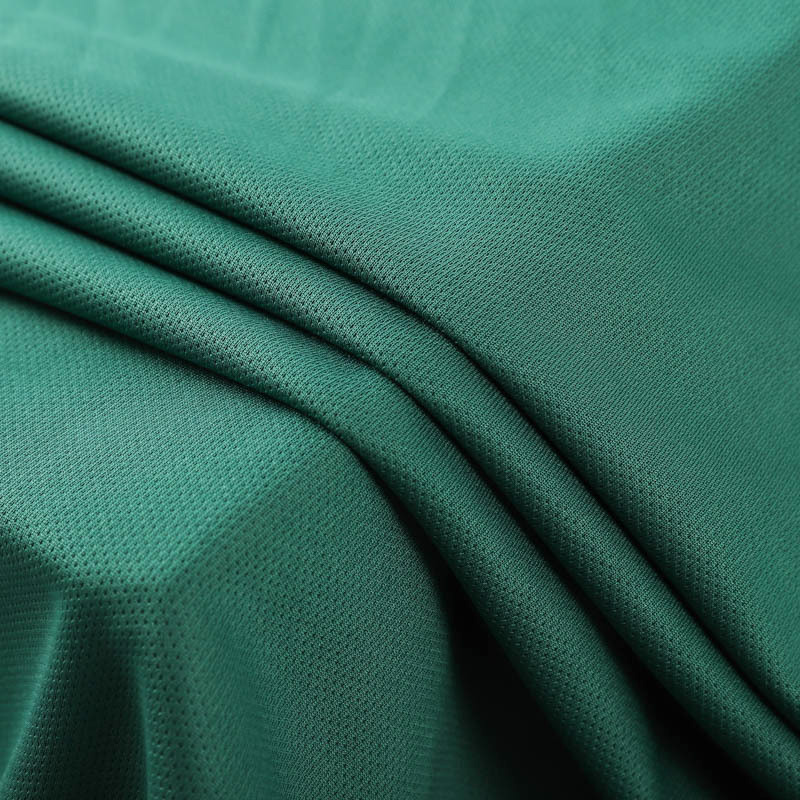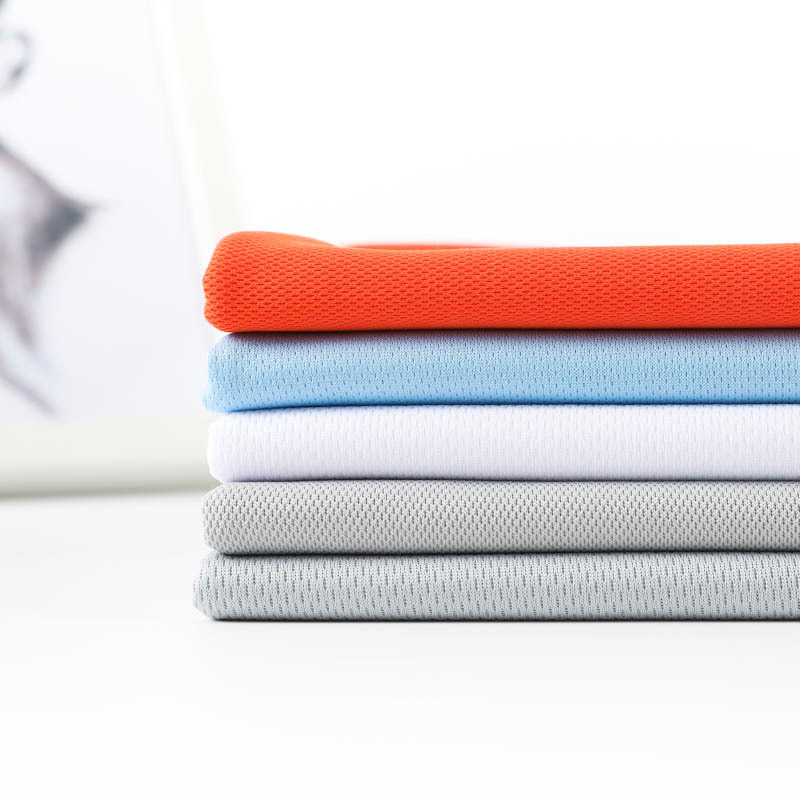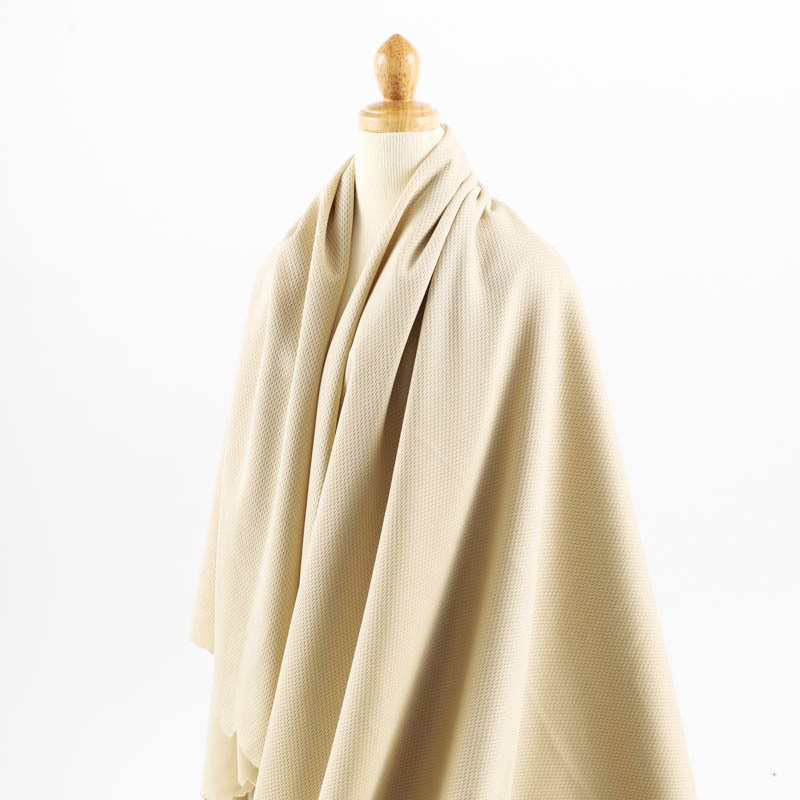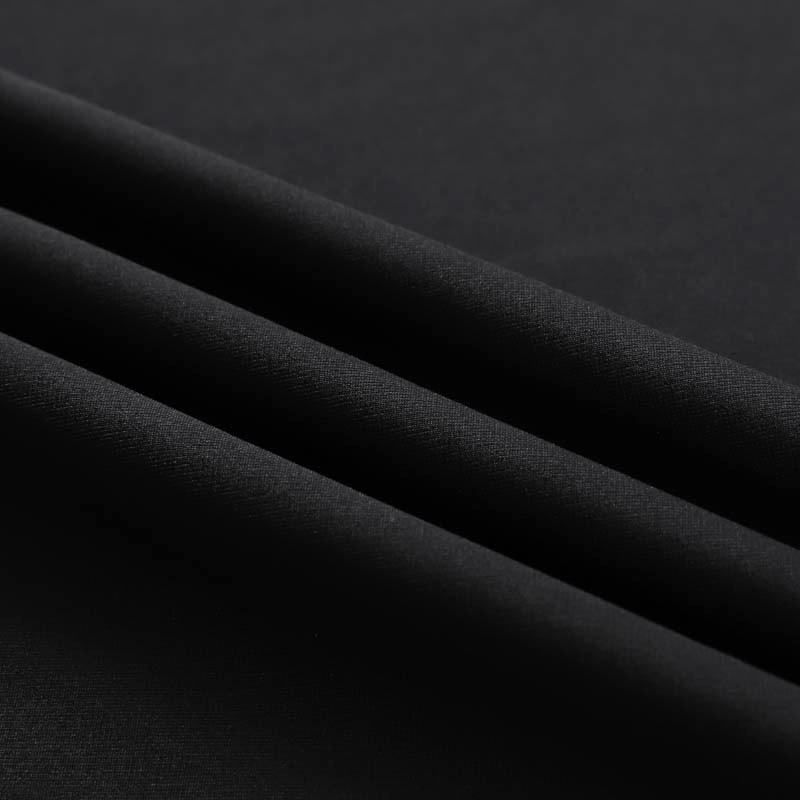Against the backdrop of the continued deepening of the global "dual carbon" strategy, the textile industry, as a representative traditional manufacturing industry with high energy consumption and high emissions, is undergoing unprecedented structural changes. Among them, knitted fabrics, as the most widely used, largest and most closely connected consumer segment in the industrial chain, has become a key breakthrough in promoting green upgrades.
In the past, environmental protection was more reflected in the material side, such as recycled polyester, organic cotton, bamboo fiber, etc. However, if the production and manufacturing process still relies on high-energy consumption equipment and high-pollution processes, even if the raw materials are "green", it is difficult to truly achieve low-carbon goals. Nowadays, the promotion of green technology is no longer limited to single-point energy saving, but covers the entire industrial chain - from yarn processing, weaving, dyeing and finishing to finished product processing, packaging and reuse, each link is undergoing green transformation: using high-efficiency motors and intelligent spinning equipment to reduce energy consumption in the raw yarn preparation process; a new generation of high-density high-speed knitting machines to improve efficiency and reduce energy consumption and loss; new technologies such as cold water dyeing, digital printing, and waterless dyeing replace traditional heat-intensive processes; using plant-based finishing agents and non-toxic additives to improve ecological emissions; using degradable materials and optimizing transportation routes to achieve full-process emission reduction.
The green transformation of the knitted fabric industry is no longer a "lonely fight" in a certain link, but with green technology as the link, it drives upstream and downstream enterprises to participate and upgrade together: in order to adapt to the requirements of green technology, develop more new recycled fibers suitable for low-temperature dyeing and environmentally friendly printing; launch intelligent energy-saving equipment and modular systems to support knitting companies to flexibly deploy green production lines; develop low-foam, salt-free, low-COD environmentally friendly dyes and auxiliaries to adapt to green dyeing and finishing processes; incorporate green process ingredients into the product traceability system and carbon footprint certification system to enhance brand value; combine fabric life cycle data to achieve accurate recycling and recycling of waste clothing. This full-link linkage mechanism based on green technology realizes the maximum utilization of resources, minimizes pollution emissions and maximizes value creation, and builds a new sustainable development model for the knitting industry.
Driven by consumers, capital, and policies, green is no longer a bonus, but a basic condition for the sustainable development of enterprises. Especially for the knitted fabric industry, the "compound advantages" brought by green technology are being transformed into real core competitiveness: products using environmentally friendly fabrics and green technology are more likely to be favored by international brands and multinational buyers; saving water, energy, and reducing the use of chemicals in long-term operations have significantly reduced the company's unit product cost and have sustainable cost control; green knitted fabrics are widely used in high value-added fields such as sports, infants and children, and medical care. The environmental protection attributes can give the product differentiated selling points and emotional value, and achieve premium sales; companies that meet green manufacturing standards are more likely to obtain government subsidies, tax incentives, and green financing channels, enhancing their ability to resist risks.



 English
English  中文简体
中文简体 